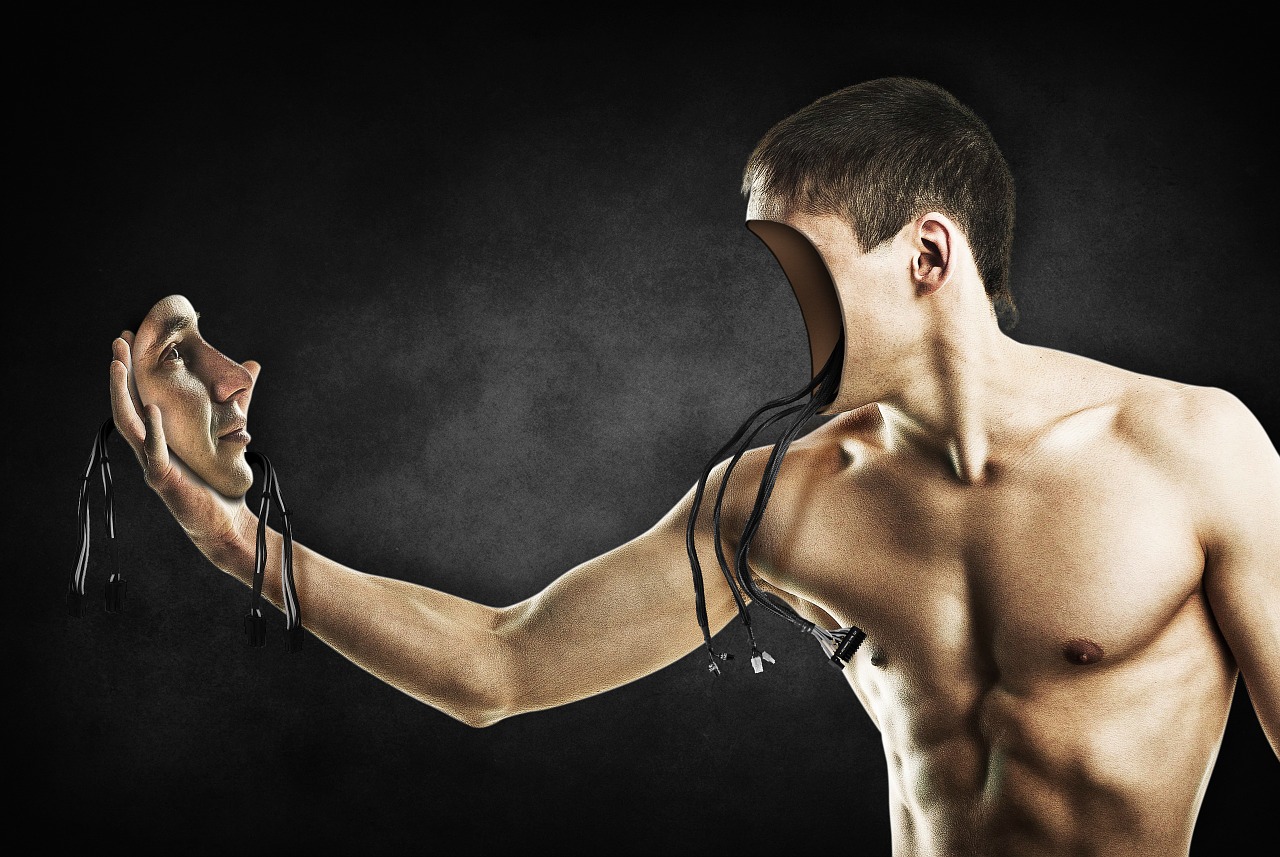
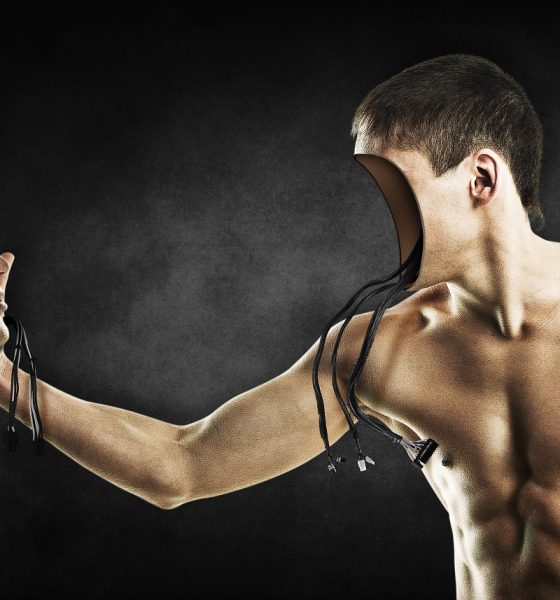
News
Engineers develop bio-machine nose that can “sniff” and classify odors
Engineers from Brown University in Rhode Island have invented a small, low-cost sensor device which is able to classify odors using input from a mimicked “sniffing” action. It’s called TruffleBot, and it’s here to raise the bar on electronic “noses”. It also works with Raspberry Pi, an inexpensive mini-computer popular with electronics hobbyists, students, and others in the “maker” crowd.
Generally, an electronic nose is a device comprising several chemical sensors whose results are fed through a pattern-recognition system to identify odors. In traditional devices, the chemical responses alone are used for classification. The engineers behind this invention, however, decided to incorporate non-chemical data to account for the mechanics of the smell process used in nature for a better result. Their experiment proved successful with an approximate 95-98% rate of accuracy in identification compared to about 80-90% accuracy with the chemical sensors alone.
According to the inventors’ published paper, the guiding knowledge that made TruffleBot so useful in odor detection was this: Different smells have different impacts on the air around them, and measuring the variations enables more accurate identification. Did you know that beer odor decreases air pressure and increases temperature? The changes are slight, but TruffleBot can sense them.
This is where the “sniffing” comes in. The device uses air pumped through four obstructed pathways before sending it through chemical and non-chemical sensors. Odors impact the air surrounding them, and the movement of the air through obstacles (“sniffing”) enables the odors’ impact to be more accurately measured.
A chart detailing how TruffleBot processes odors. | Credit: Brown University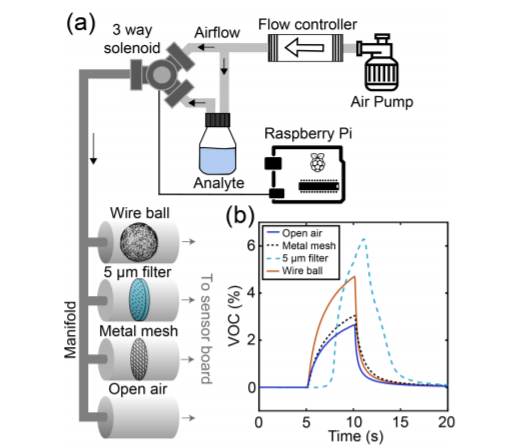
So, where exactly would one need an electronic nose? Everywhere. Devices with the chemical sensing ability are being used in agriculture, military, and commercial applications to identify all sorts environmental data. Essentially, electronic noses are useful in any industrial application that has odor involved.
Nasal Marketing
Did you know that it’s possible to trademark a smell in the United States? It’s not easy to accomplish given the somewhat difficult requirements to meet, but a few such things exist. The fact that Play-Doh, a product whose smell is probably one of its most distinct features, was granted a trademark for the scent only this year is testament to the difficulty of obtaining such a mark. However, the fact that some companies have found enough incentive to make sure only their company can give your nose a particular chemical experience tells a lot about that sense’s importance from a marketing perspective.
On one hand, utilizing smell in marketing might seem a little manipulative. After all, creating an air freshener that reminds someone of a beloved, deceased relative on purpose might not seem like a particularly ethical way to target their money. On the other hand (or bigger picture), however, the motivation for marketers to use scent as a tool involves a sort of “chicken or the egg” question.
To summarize part of an article in the journal Sensors on the role scent plays in society and commerce, the aroma of products has a direct impact on their appeal to customers and thus, the success of the product. In fact, a change in a product’s formula that impacts its smell can, and often has had, devastating sales results. In other words, it’s not enough for a company to create a good product; it has to be a good smelling product.
Hacking the Human Nose
It’s probably no surprise that the commercial industry has categorized consumer preferences when it comes to smells. As the first sense fully developed after birth, our noses link us to things like memories, emotions, and chemical communication (think pheromones). Is it any wonder, then, why businesses might be interested in the functionality of the organ that is doing the receiving?
Turns out, there’s an enormous amount of science behind “hacking” a nose. Identifying smells is more than just categorizing chemical mixtures as “floral” or “masculine”. The multitude of chemical combinations available generates such a vast amount of data that scientists have implemented computer neural networks to analyze and classify it. Also, the actual mechanics of smelling something impacts the way the smell is received and processed in the brain. Computers and scientific instruments come in handy there as well. To really get to the core of human response to an aroma, lots of non-human tools are needed, and this is essentially where the TruffleBot fits in the greater realm of “olfactory” science.
I think this is a Sumerian variant for “fruity”. | Credit: AstroJane’s bathroom collection.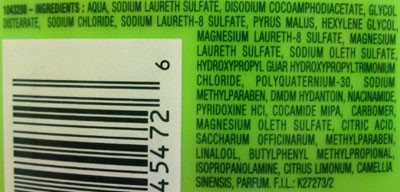
More Than Just Your Money
Perhaps one of the most innovative uses found for electronic noses is in disease research. One of the limitations of human smell is its overall weakness. A dog’s sense of smell is around 40 times better than a human’s, and a bear’s is a whopping 2,100 times superior to ours. That said, when researchers learned that certain diseases give off certain odors, the human nose wasn’t exactly the first choice to utilize in sensing them.
An electronic nose makes good use of the simple fact that organic matter releases chemicals into the air. For example, when a plant has been impacted by a fungus, the changes brought on in the plant’s structure release what’s called “volatile organic compounds” (VOCs). These VOCs can be detected by the sensors in an electronic nose and then provide information on the type of disease present without destroying the plants being tested.
Humans have some amazing things to gain from electronic noses, too. Using sensors to process odors from VOCs, things like digestive diseases, kidney diseases, and diabetes, among many others, are all receiving scientific attention for non-invasive diagnosis by these types of devices. With improvements brought on by inventions like TruffleBot, especially combined with its low-cost and resulting accessibility, a future involving remote diagnoses for any number of illnesses and diseases seems more possible every day.

News
Ford cancels all-electric F-150 Lightning, announces $19.5 billion in charges
“Rather than spending billions more on large EVs that now have no path to profitability, we are allocating that money into higher returning areas, more trucks and van hybrids, extended range electric vehicles, affordable EVs, and entirely new opportunities like energy storage.”
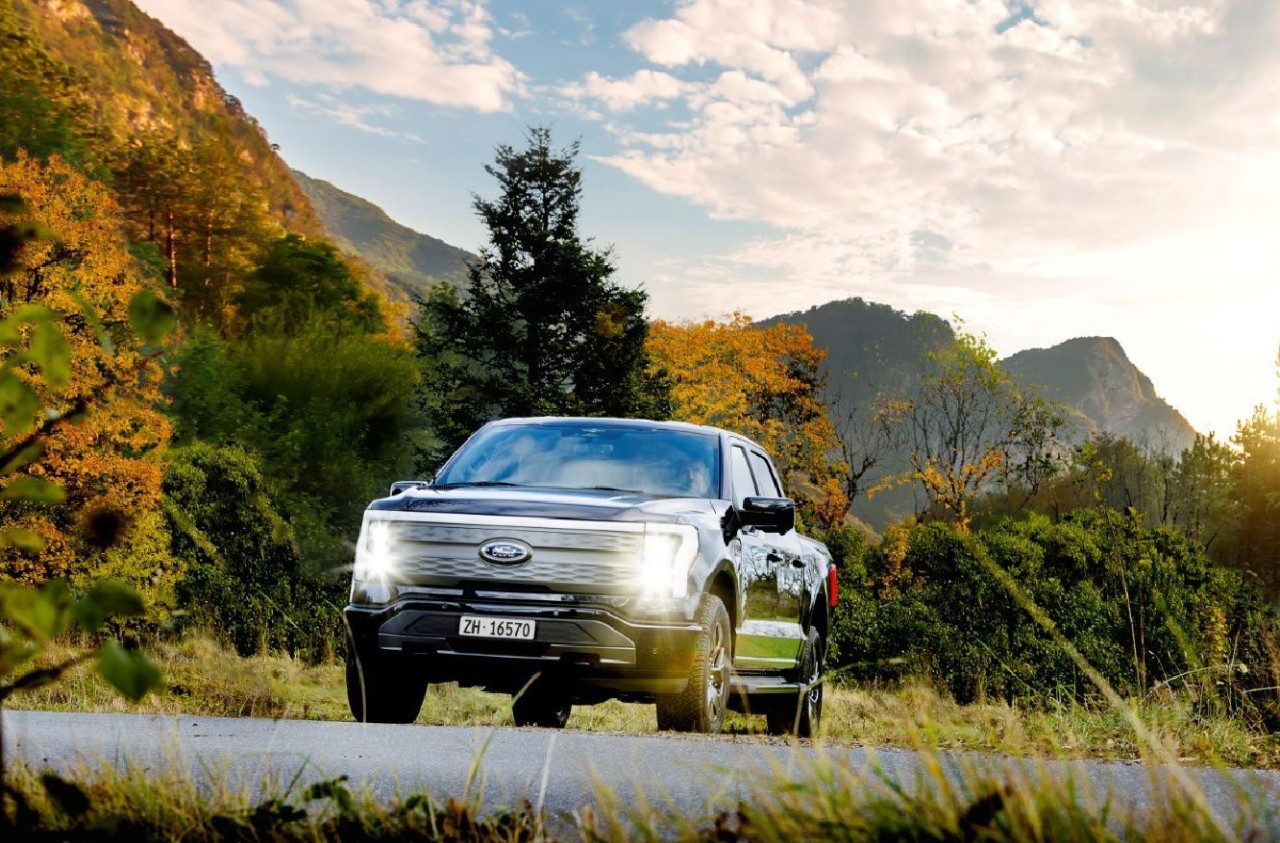
Ford is canceling the all-electric F-150 Lightning and also announced it would take a $19.5 billion charge as it aims to quickly restructure its strategy regarding electrification efforts, a massive blow for the Detroit-based company that was once one of the most gung-ho on transitioning to EVs.
The announcement comes as the writing on the wall seemed to get bolder and more identifiable. Ford was bleeding money in EVs and, although it had a lot of success with the all-electric Lightning, it is aiming to push its efforts elsewhere.
It will also restructure its entire strategy on EVs, and the Lightning is not the only vehicle getting the boot. The T3 pickup, a long-awaited vehicle that was developed in part of a skunkworks program, is also no longer in the company’s plans.
Instead of continuing on with its large EVs, it will now shift its focus to hybrids and “extended-range EVs,” which will have an onboard gasoline engine to increase traveling distance, according to the Wall Street Journal.
“Ford no longer plans to produce select larger electric vehicles where the business case has eroded due to lower-than-expected demand, high costs, and regulatory changes,” the company said in a statement.
🚨 Ford has announced it is discontinuing production of the F-150 Lightning, as it plans to report a charge of $19.5 billion in special items.
The Lightning will still be produced, but instead with a gas generator that will give it over 700 miles of range.
“Ford no longer… pic.twitter.com/ZttZ66SDHL
— TESLARATI (@Teslarati) December 15, 2025
While unfortunate, especially because the Lightning was a fantastic electric truck, Ford is ultimately a business, and a business needs to make money.
Ford has lost $13 billion on its EV business since 2023, and company executives are more than aware that they gave it plenty of time to flourish.
Andrew Frick, President of Ford, said:
“Rather than spending billions more on large EVs that now have no path to profitability, we are allocating that money into higher returning areas, more trucks and van hybrids, extended range electric vehicles, affordable EVs, and entirely new opportunities like energy storage.”
CEO Jim Farley also commented on the decision:
“Instead of plowing billions into the future knowing these large EVs will never make money, we are pivoting.”
Farley also said that the company now knows enough about the U.S. market “where we have a lot more certainty in this second inning.”
News
SpaceX shades airline for seeking contract with Amazon’s Starlink rival

SpaceX employees, including its CEO Elon Musk, shaded American Airlines on social media this past weekend due to the company’s reported talks with Amazon’s Starlink rival, Leo.
Starlink has been adopted by several airlines, including United Airlines, Qatar Airways, Hawaiian Airlines, WestJet, Air France, airBaltic, and others. It has gained notoriety as an extremely solid, dependable, and reliable option for airline travel, as traditional options frequently cause users to lose connection to the internet.
Many airlines have made the switch, while others continue to mull the options available to them. American Airlines is one of them.
A report from Bloomberg indicates the airline is thinking of going with a Starlink rival owned by Amazon, called Leo. It was previously referred to as Project Kuiper.
American CEO Robert Isom said (via Bloomberg):
“While there’s Starlink, there are other low-Earth-orbit satellite opportunities that we can look at. We’re making sure that American is going to have what our customers need.”
Isom also said American has been in touch with Amazon about installing Leo on its aircraft, but he would not reveal the status of any discussions with the company.
The report caught the attention of Michael Nicolls, the Vice President of Starlink Engineering at SpaceX, who said:
“Only fly on airlines with good connectivity… and only one source of good connectivity at the moment…”
CEO Elon Musk replied to Nicolls by stating that American Airlines risks losing “a lot of customers if their connectivity solution fails.”
American Airlines will lose a lot of customers if their connectivity solution fails
— Elon Musk (@elonmusk) December 14, 2025
There are over 8,000 Starlink satellites in orbit currently, offering internet coverage in over 150 countries and territories globally. SpaceX expands its array of satellites nearly every week with launches from California and Florida, aiming to offer internet access to everyone across the globe.
Currently, the company is focusing on expanding into new markets, such as Africa and Asia.
News
Tesla Model Y Standard stuns in new range test, besting its Premium siblings
Tesla’s newer vehicles have continued to meet or exceed their EPA estimates. This is a drastic change, as every 2018-2023 model year Tesla that Edmunds assessed did not meet its range estimates.

The Tesla Model Y Standard stunned in a new range test performed by automotive media outlet Edmunds, besting all of its Premium siblings that are more expensive and more luxurious in terms of features.
Testing showed the Model Y Standard exceeded its EPA-estimated range rating of 321 miles, as Edmunds said it is the “longest-range Model Y that we’ve ever put on our loop.” In the past, some vehicles have come up short in comparison with EPA ranges; for example, the Model Y’s previous generation vehicle had an EPA-estimated range of 330 miles, but only drove 310.
Additionally, the Launch Series Model Y, the first configuration to be built in the “Juniper” program, landed perfectly on the EPA’s range estimates at 327 miles.
It was also more efficient than Premium offerings, as it utilized just 22.8 kWh to go 100 miles. The Launch Series used 26.8 kWh to travel the same distance.
It is tested using Edmunds’ traditional EV range testing procedure, which follows a strict route of 60 percent city and 40 percent highway driving. The average speed throughout the trip is 40 MPH, and the car is required to stay within 5 MPH of all posted speed limits.
Each car is also put in its most efficient drive setting, and the climate is kept on auto at 72 degrees.
“All of this most accurately represents the real-world driving that owners do day to day,” the publication says.
With this procedure, testing is as consistent as it can get. Of course, there are other factors, like temperature and traffic density. However, one thing is important to note: Tesla’s newer vehicles have continued to meet or exceed their EPA estimates. This is a drastic change, as every 2018-2023 model year Tesla that Edmunds assessed did not meet its range estimates.
Tesla Model Y Standard vs. Tesla Model Y Premium
Tesla’s two Model Y levels both offer a great option for whichever fits your budget. However, when you sit in both cars, you will notice distinct differences between them.
The Premium definitely has a more luxurious feel, while the Standard is stripped of many of the more premium features, like Vegan Leather Interior, acoustic-lined glass, and a better sound system.
You can read our full review of the Model Y Standard below:
Tesla Model Y Standard Full Review: Is it worth the lower price?








